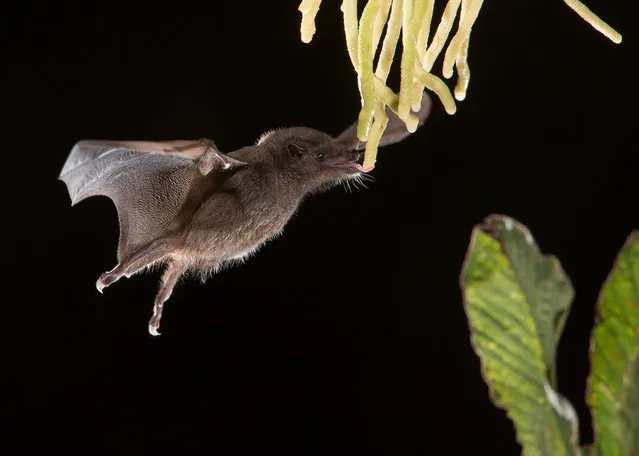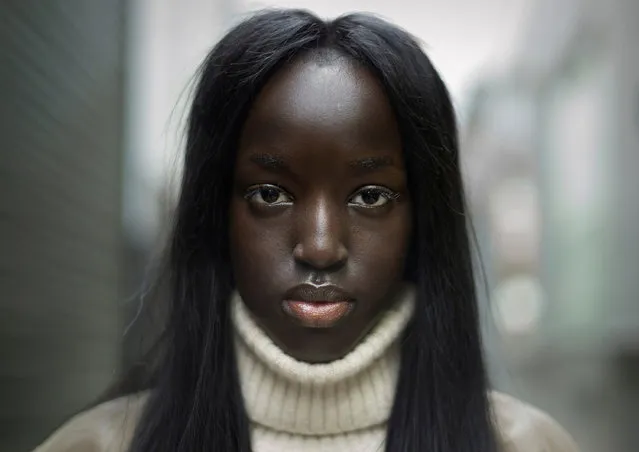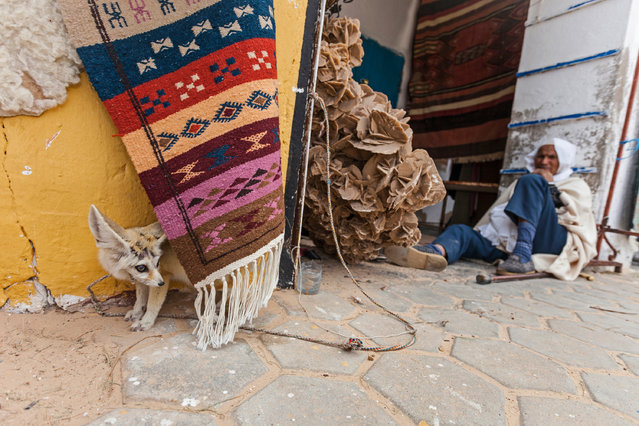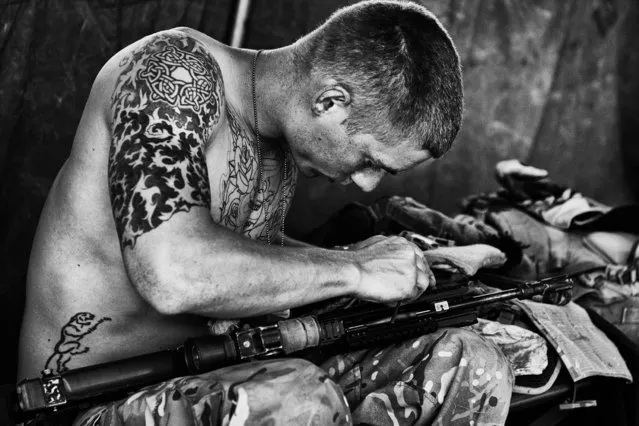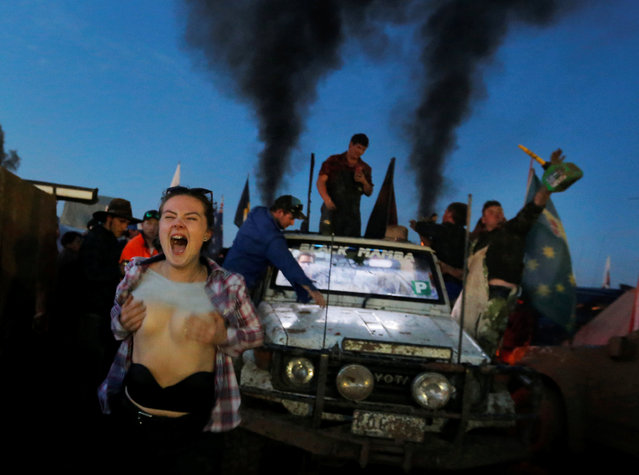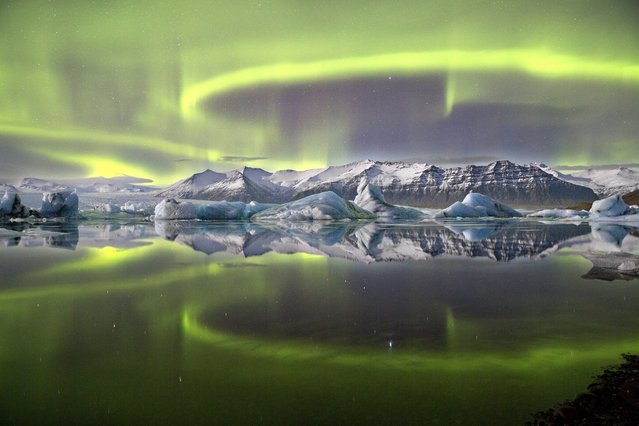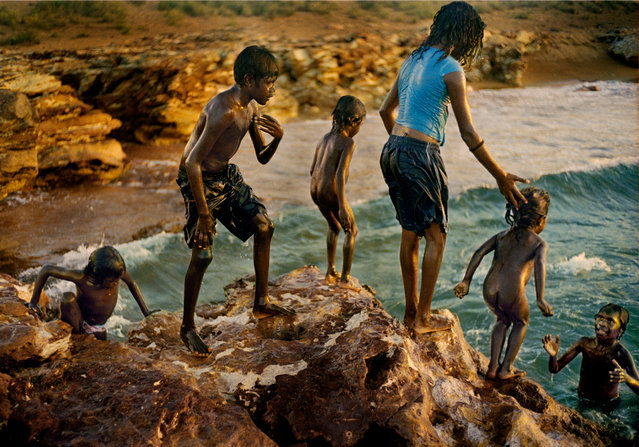
From the rocks of Arnhem Land to the backyards of the Sydney suburbs, from stretching by the pool to waiting for evening prayer, snapshots for the 2015 Australian Life prize demonstrated a nation in colour and motion. Here: Children Cooling Off at Dhiari Homeland. Local children get wet and cool in Arnhem Land. (Photo by Matthew Abbott/Australian Life Prize 2015)
23 Nov 2015 08:03:00,post received
0 comments

